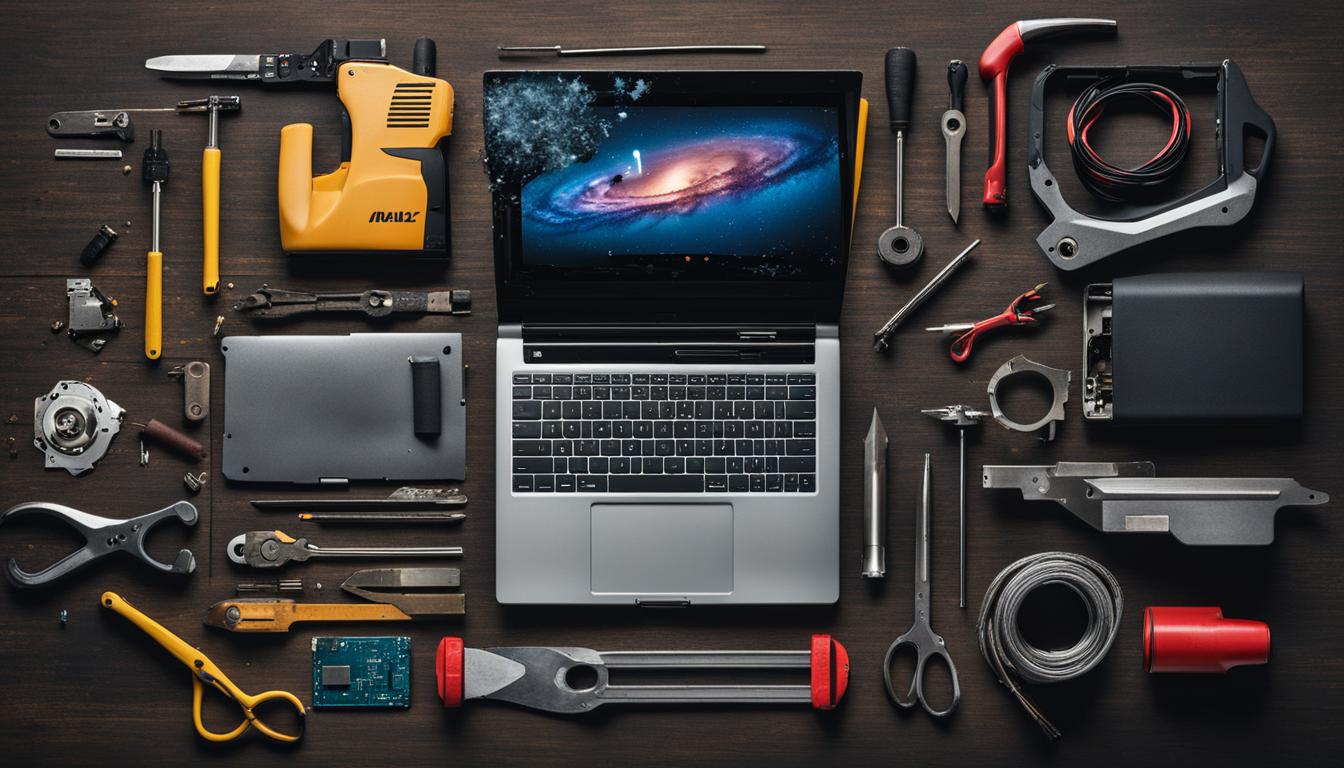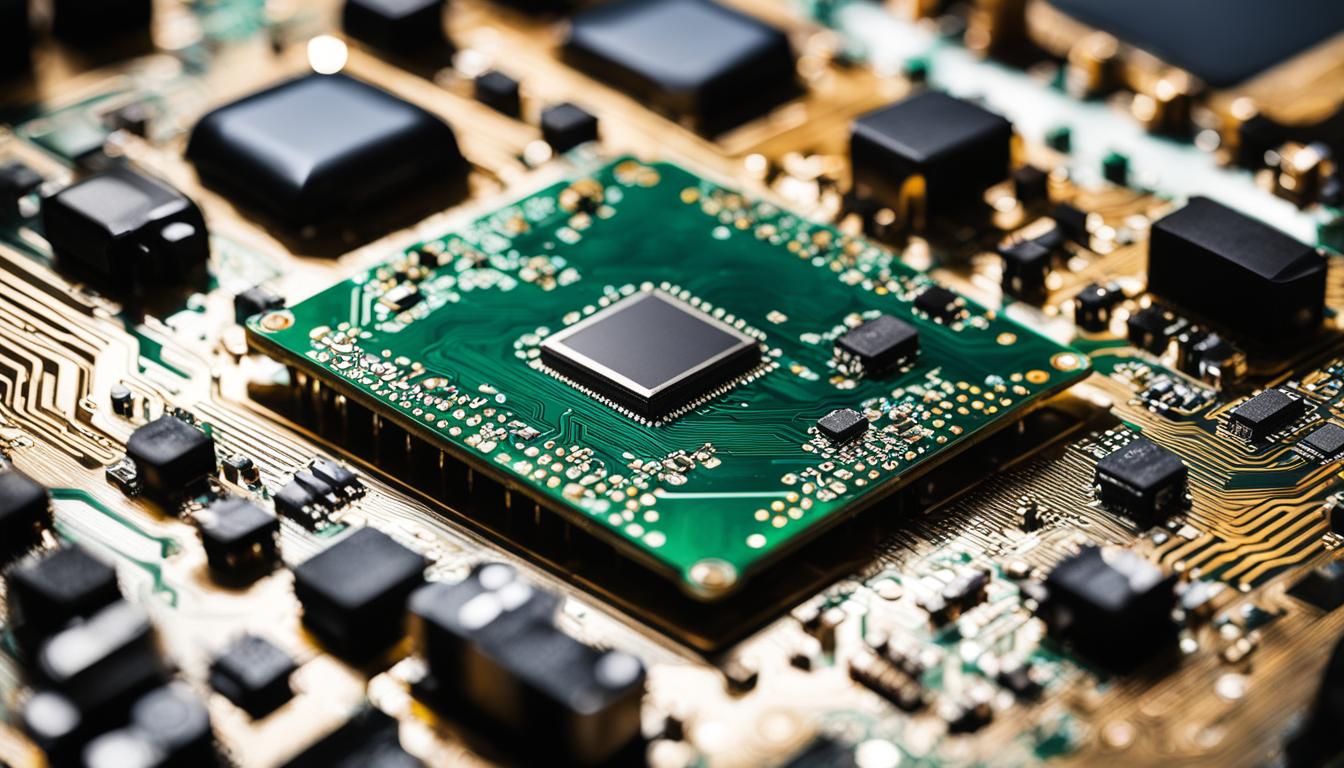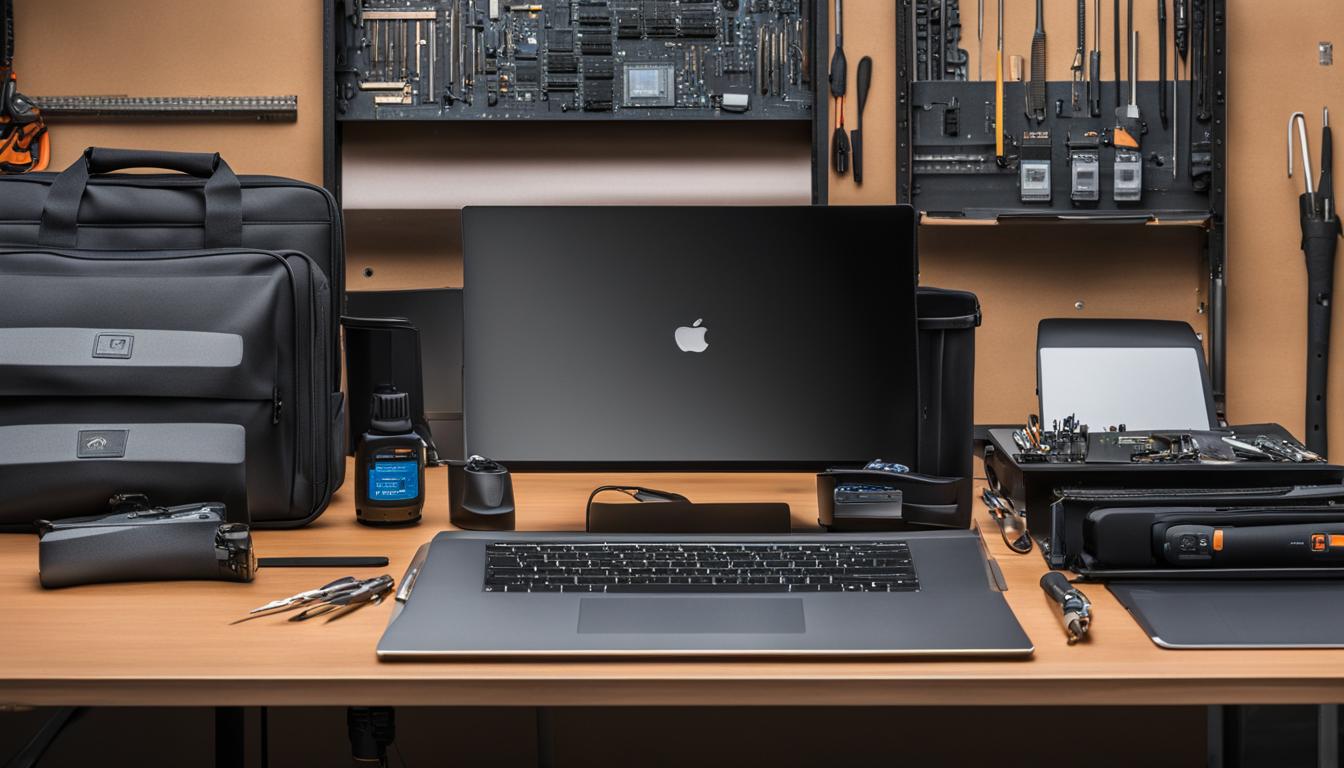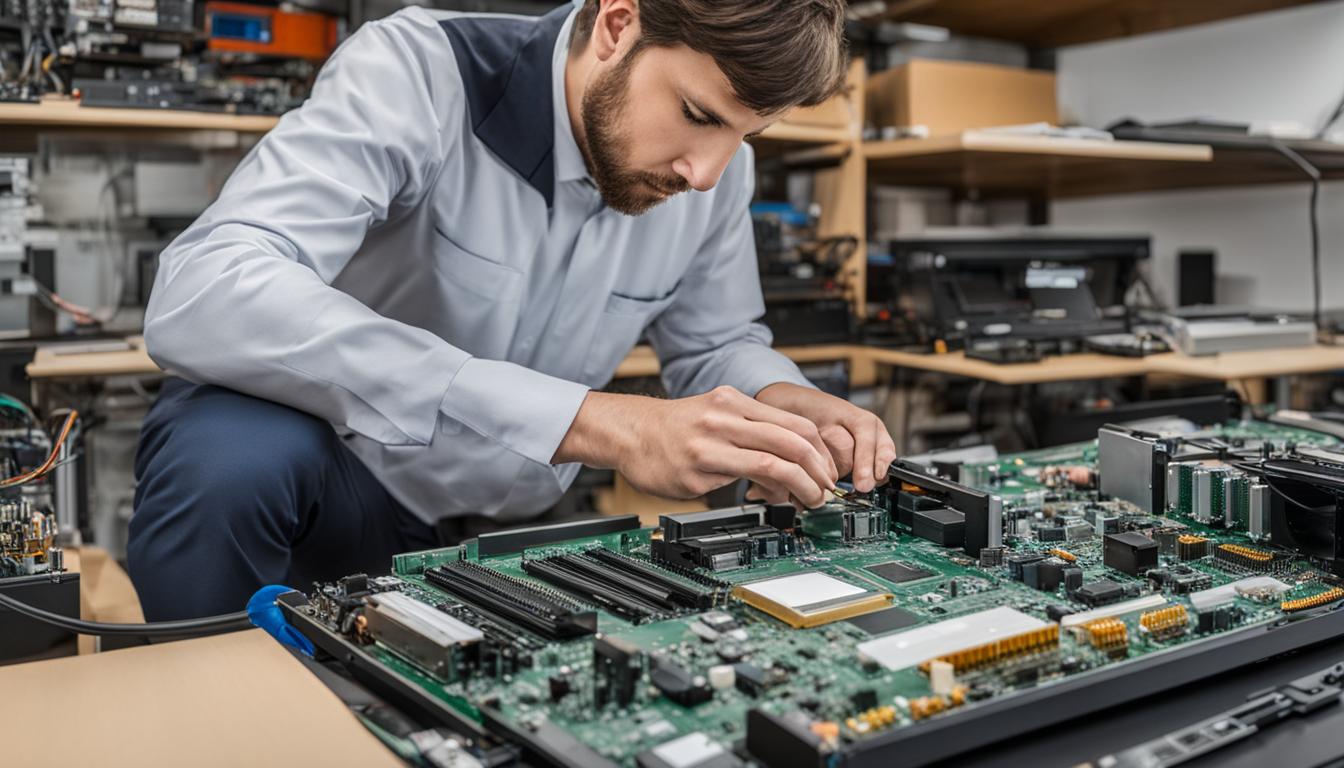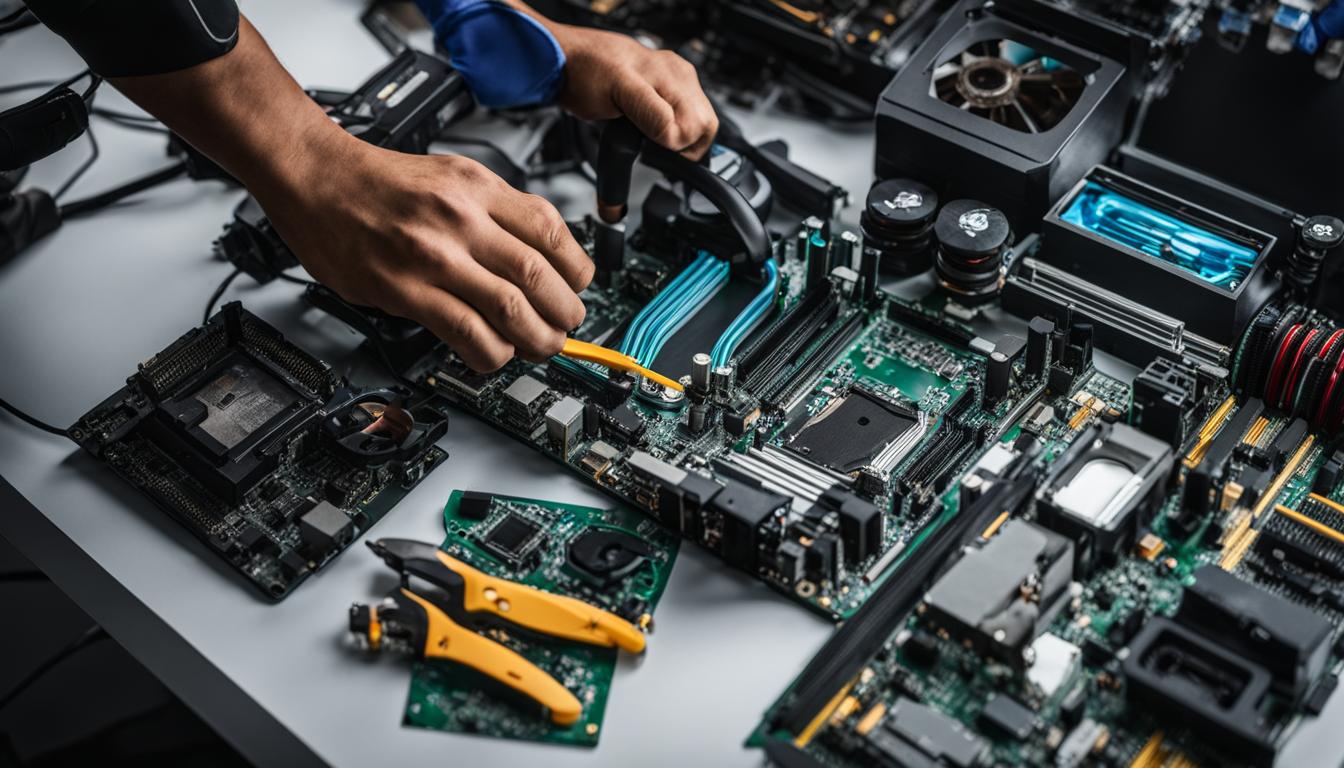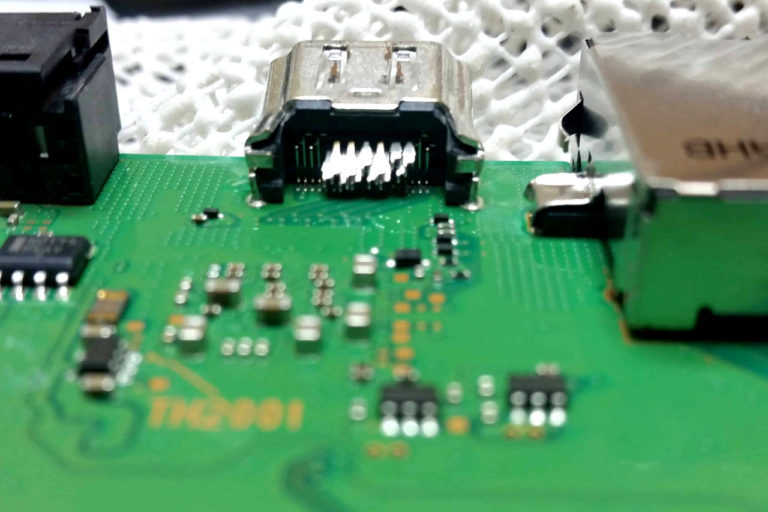Servicing Challenges in Hybrid Devices: Laptops that Double as Tablets
Hybrid devices, such as laptop-tablet hybrids, are becoming increasingly popular in the market. These devices offer the versatility of both a laptop and a tablet, but they also present unique challenges when it comes to servicing. The question of whether these devices address a real need in the marketplace or if they simply do two things poorly remains to be seen. Price is also a significant factor in determining the success of these devices, as consumers may be hesitant to invest in a new category that carries a high price tag. However, as the price of these devices decreases, the adoption rate is expected to increase.
The Rise of Hybrid Devices in the Market
The rise of hybrid devices, also known as laptop-tablet hybrids or laplets, can be attributed to the touch-focused Windows 8 operating system developed by Microsoft. These devices offer a combination of notebook and tablet functionalities, providing users with a versatile and portable computing experience.
Manufacturers such as HP, Dell, Lenovo, Sony, Acer, Samsung, Toshiba, and Asus have all entered the market with their own line of hybrid devices. These devices come in various form factors, including folding, twisting, and sliding designs, providing users with different options to suit their preferences.
However, the success of these devices hinges on finding the right balance between functionality and price. As the demand for hybrid devices continues to grow, manufacturers are constantly innovating to meet consumer needs and offer competitive pricing.
Overall, the rise of hybrid devices has opened up a new category in the market, catering to users who want the best of both worlds – the productivity of a laptop and the convenience of a tablet. With advancements in technology and a growing range of options available, the future looks promising for hybrid devices.
The Evolution of Windows Operating System for Hybrid Devices
The development of hybrid devices, such as laptop-tablet hybrids or laplets, has been closely tied to the evolution of the Windows operating system. Windows 8, in particular, played a significant role in paving the way for the integration of desktop and tablet functionalities. Unlike Apple, which uses separate operating systems for its desktop and mobile devices, Microsoft opted for a unified OS that seamlessly combines the two.
One of the key features of Windows 8 is its touch-friendly interface, which caters to the tablet end of the spectrum. This interface, coupled with the ability to seamlessly switch between desktop and tablet modes, allows for the existence of versatile hybrid devices. The integration of the desktop and tablet OS on Windows 8 blurs the line between traditional laptops and tablets, giving rise to the term “laplets” to describe these hybrid devices.
The Windows 8 operating system also introduced a touch-friendly start screen, further emphasizing its focus on tablet functionality. The integration of desktop and tablet features in one OS opened up new possibilities for the development of innovative hybrid devices. Manufacturers were able to create laptop-tablet hybrids that offer the best of both worlds, providing users with the convenience of a tablet and the productivity of a laptop.
| Windows 8 Features for Hybrid Devices | Benefits |
|---|---|
| Touch-friendly interface | Intuitive navigation and enhanced user experience |
| Seamless switch between desktop and tablet modes | Flexibility to adapt to different usage scenarios |
| Tablet and desktop OS integration | Combines the convenience of a tablet with the productivity of a laptop |
| Touch-friendly start screen | Easy access to apps and quick navigation |
In conclusion, the evolution of the Windows operating system, particularly with the introduction of Windows 8, has played a pivotal role in shaping the development of hybrid devices. By integrating tablet and desktop features into one OS and providing a touch-friendly interface, Windows 8 has enabled the creation of innovative laptop-tablet hybrids. These laplets offer users the best of both worlds, combining the versatility of a tablet with the productivity of a laptop.
The Prospects of Hybrid Device Adoption
As the market for hybrid devices continues to grow, there are promising prospects for their adoption among consumers. The unique combination of laptop and tablet functionalities has captured the interest of users who value the versatility and convenience these devices offer. With advancements in technology and decreasing manufacturing costs, hybrid devices are becoming more accessible to a wider audience.
Consumer interest in hybrid devices is evident, as users express a desire for a single device that can cater to their various computing needs. The ability to seamlessly switch between laptop and tablet modes provides the flexibility that many users seek for both work and leisure activities. Furthermore, the growing trend of remote work and the need for on-the-go productivity make hybrid devices an attractive option.
However, one of the factors that can significantly impact the adoption of hybrid devices is the price point. Currently, these devices tend to be priced higher than traditional laptops or tablets. As prices decrease and become more competitive, it is expected that a larger market segment will be willing to invest in hybrid devices. Analysts predict that once the price threshold of around £700 is reached, the market will experience a surge in demand.
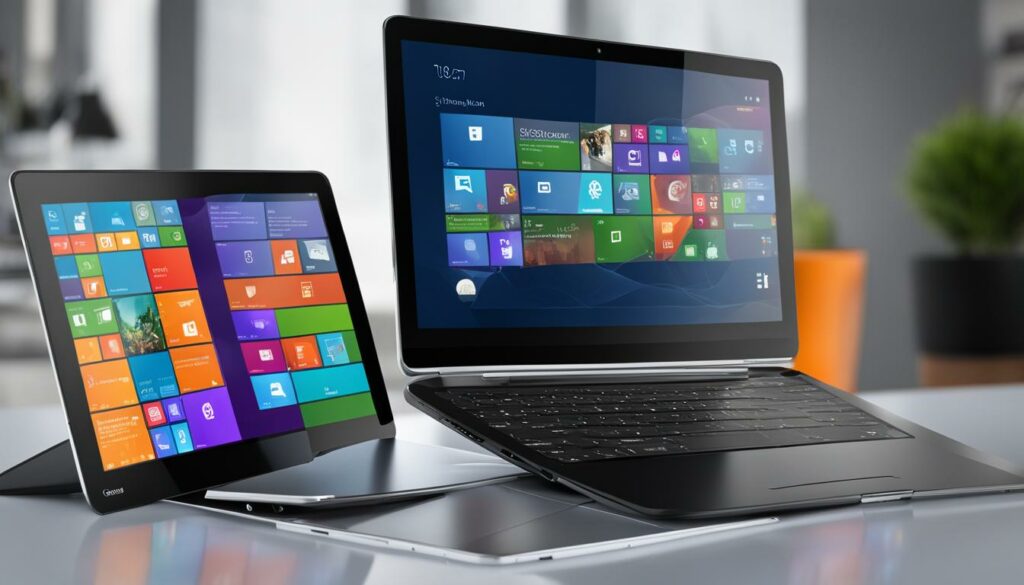
The Business Potential
In addition to consumer interest, hybrid devices also hold significant potential in the business sector. The flexibility and productivity offered by these devices make them ideal for remote working and on-site operations. The ability to switch seamlessly between laptop and tablet modes allows employees to adapt to different work scenarios and enhance their efficiency.
“Hybrid devices offer increased flexibility and productivity for both remote and on-site work.”
The business potential of hybrid devices should not be overlooked, as companies are constantly seeking innovative solutions to enhance their operations. These devices provide a single platform that combines the functionality of laptops and tablets, eliminating the need for separate devices and reducing costs. As businesses strive for increased mobility and productivity, hybrid devices can play a crucial role in meeting their evolving needs.
In Summary
The prospects of hybrid device adoption are promising as consumers show a growing interest in the combination of laptop and tablet functionalities. However, the price point remains a significant factor in determining the widespread adoption of these devices. As prices continue to decrease and become more competitive, the market is expected to experience significant growth.
Furthermore, the business potential of hybrid devices should not be underestimated, as they offer increased flexibility and productivity for both remote and on-site work. With advancements in technology and affordability, hybrid devices are likely to become more popular in the coming years, providing users with a seamless and versatile computing experience.
The Best 2-in-1 Laptops in the Market
The market offers a range of options when it comes to 2-in-1 laptops that provide the best of both worlds – the functionality of a laptop and the convenience of a tablet. These devices cater to different needs and budgets, offering a variety of features and specifications.
One of the top contenders in the market is the Asus ZenBook Flip 13. This laptop stands out for its sleek design and versatile functionality. It features a 360-degree ErgoLift hinge, allowing users to easily switch between laptop and tablet modes. With a minimal-bezel design, the ZenBook Flip 13 offers a visually immersive experience. Its compact size and lightweight build make it a portable option for users on the go.
For users looking for a premium 2-in-1 laptop, the Dell XPS 13 2-in-1 is a top choice. This laptop offers high build quality and top-notch specifications. With its premium materials and sleek design, the XPS 13 2-in-1 delivers both style and performance. Its versatile hinge allows for multiple modes, providing users with flexibility in their computing experience.
On a budget? The Microsoft Surface Go 2 is a budget-friendly option that doesn’t compromise on functionality. With its compact size and lightweight design, the Surface Go 2 is perfect for users who prioritize portability. Despite its affordable price point, it still delivers a responsive touchscreen experience and decent performance, making it a great option for everyday tasks and casual use.
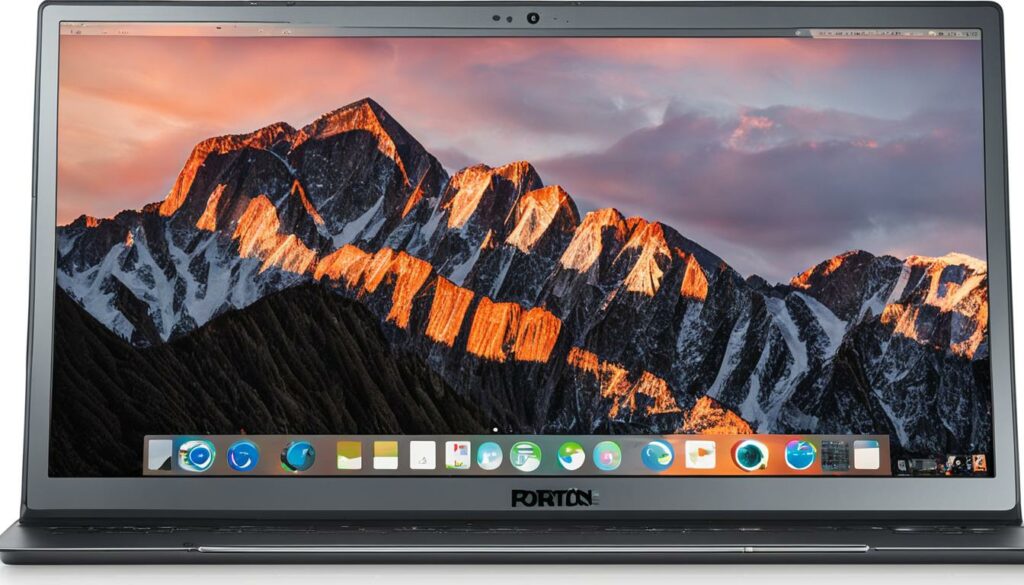
Table: Comparison of Top 2-in-1 Laptops
| Model | Features | Price |
|---|---|---|
| Asus ZenBook Flip 13 | 360-degree ErgoLift hinge, minimal-bezel design | £1,199 |
| Dell XPS 13 2-in-1 | Premium build quality, high specifications | £1,699 |
| Microsoft Surface Go 2 | Affordable, responsive touchscreen | £399 |
Conclusion
Servicing hybrid devices, such as laptop-tablet hybrids, presents its own set of challenges due to their unique form factors and functionalities. These devices offer the versatility of both a laptop and a tablet, providing users with a convenient computing experience. However, the question of whether they truly address a real need in the marketplace or if they simply do two things poorly remains to be seen.
Price is also a significant factor in determining the success of these devices. As consumers may be hesitant to invest in a new category that carries a high price tag. However, as the price of hybrid devices decreases, the adoption rate is expected to increase. The market for these devices is expected to see significant growth as consumers seek the versatility and convenience they provide.
Ultimately, hybrid devices offer a compelling solution for users looking for a combination of laptop and tablet functionalities. With continued advancements in technology and affordability, their popularity is likely to increase in the coming years. As prices continue to drop, the market is poised to experience substantial growth. In conclusion, hybrid devices have the potential to revolutionize the way we work and play, providing users with the best of both worlds.
FAQ
What are the challenges in servicing hybrid devices?
Servicing hybrid devices presents unique challenges due to their unique form factors and functionalities. Technicians may require specialized training to effectively troubleshoot and repair these devices.
What has contributed to the rise of hybrid devices in the market?
The rise of hybrid devices can be attributed to the touch-focused Windows 8 operating system developed by Microsoft. This operating system allows for seamless integration of desktop and tablet functionalities, enabling the existence of tablet-notebook hybrids.
Is price a determining factor in the adoption of hybrid devices?
Yes, price plays a significant role in the widespread adoption of hybrid devices. As the price of these devices decreases, the market is expected to experience a surge in demand.
What are some popular options for 2-in-1 laptops?
Popular options for 2-in-1 laptops include the Asus ZenBook Flip 13, Dell XPS 13 2-in-1, and Microsoft Surface Go 2. These laptops cater to different needs and budgets.
What is the future outlook for hybrid device adoption?
The adoption of hybrid devices is expected to grow as consumers seek the versatility and convenience they provide. As technology advances and prices continue to drop, the popularity of hybrid devices is likely to increase in the coming years.
